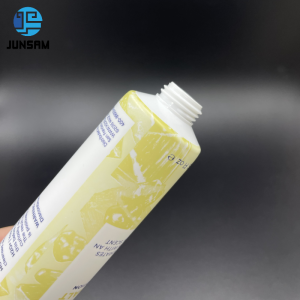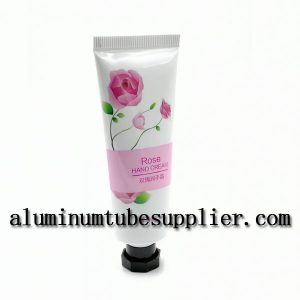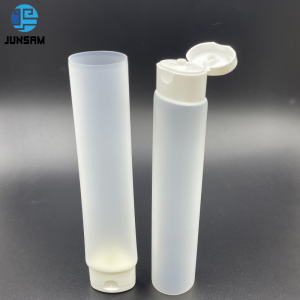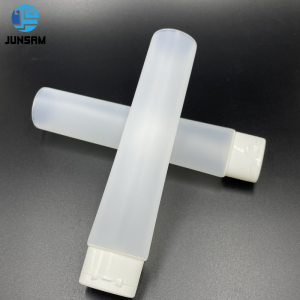Enhancing Product Protection and Sustainability: Plastic Tubes with Caps
In the realm of packaging solutions, the demand for both product protection and sustainability has never been greater. As consumer awareness about environmental concerns grows, companies are actively seeking alternatives to traditional plastic packaging. In this article, we will delve into the benefits of plastic tubes with caps, exploring how this innovative packaging option not only safeguards products but also contributes to sustainable practices.
Securing Product Integrity
Plastic tubes with caps offer an exceptional level of product protection. The combination of a sturdy plastic tube and a secure cap ensures that the contents remain safe from external elements such as air, moisture, and contaminants. This is especially crucial for sensitive products, including cosmetics, pharmaceuticals, and food items, where maintaining product integrity is paramount. With a tightly sealed cap, plastic tubes provide a reliable barrier, preventing leakage, spoilage, and the degradation of quality, thereby enhancing customer satisfaction.
Versatile Packaging Solution
Plastic tubes with caps offer versatility, making them suitable for a wide range of products across various industries. From creams, gels, and lotions to adhesives, ointments, and even small components, plastic tubes can accommodate different volumes and viscosities. The caps can be designed with different closure mechanisms, such as flip-tops, screw caps, or snap-on caps, to suit specific product requirements. This versatility allows for a seamless packaging experience, ensuring convenience and ease of use for both manufacturers and consumers.
Sustainable Material Choices
To address environmental concerns, the industry is focusing on sustainable material choices for plastic tubes with caps. Many manufacturers now offer options made from recyclable plastics, such as high-density polyethylene (HDPE) or polypropylene (PP). These plastics can be easily recycled, reducing the reliance on virgin plastic production and minimizing the environmental impact. Additionally, some companies are exploring bio-based plastics derived from renewable resources, providing an even greener alternative to traditional plastic tubes.
Recyclability and Eco-Friendliness
Plastic tubes with caps are recyclable, contributing to the circular economy and reducing waste. By properly disposing of used tubes and caps in recycling bins, they can be collected, sorted, and processed into new plastic products. Recycling plastic not only conserves resources but also reduces energy consumption and greenhouse gas emissions associated with the production of virgin plastic. By actively promoting recycling initiatives and choosing recyclable plastic materials, businesses can support sustainable practices and minimize their environmental footprint.
Innovative Cap Designs
The caps of plastic tubes have witnessed innovative advancements, further enhancing their functionality and sustainability. Some caps are designed with flip-top lids that allow for controlled dispensing and easy opening and closing. This feature prevents product spillage and contamination, ensuring optimal usage and reducing waste. Additionally, manufacturers are exploring the use of biodegradable or compostable materials for caps, further aligning with sustainable packaging practices and reducing environmental impact.
Conclusion
Plastic tubes with caps offer a compelling packaging solution that combines product protection with sustainable practices. Their ability to safeguard contents, versatility, and recyclability make them a preferred choice for various industries. By choosing recyclable plastics and exploring innovative cap designs, companies can contribute to a more sustainable future while meeting customer expectations. The evolution of plastic tubes with caps represents an exciting opportunity for businesses to enhance product integrity, reduce environmental impact, and make a positive difference in the packaging industry.







